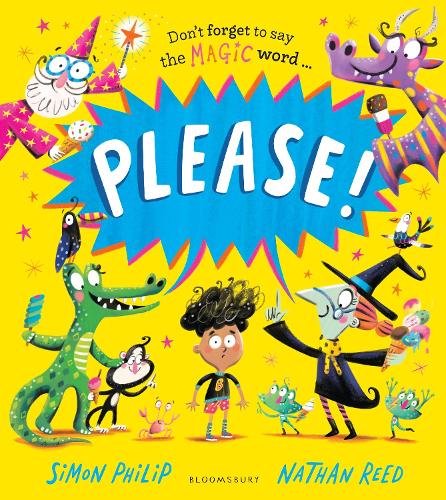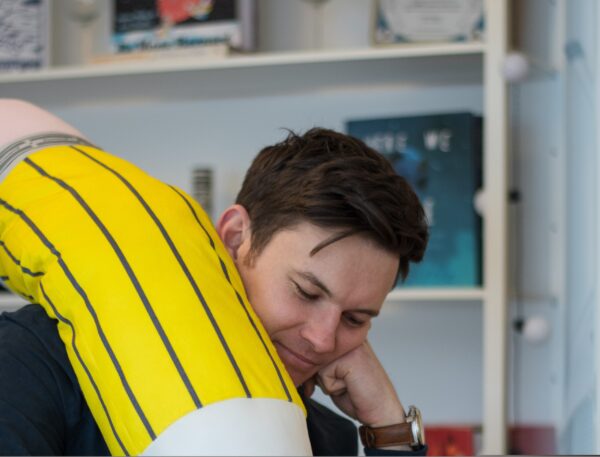We sat down with Simon Philip to find out all about his latest book, Perfect Pedro.
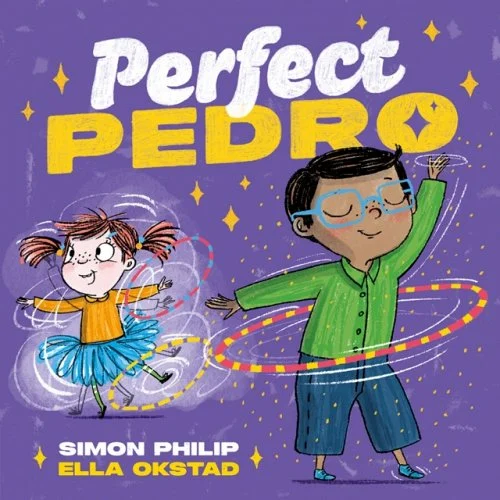
What are your favourite memories of reading as a child and what was your favourite book?
One thing I always tell children when I visit their school is that I was very lucky growing up, as my parents read to me lots when I was little and instilled in me from an early age a love of books and reading. When you’re a child, there’s nothing quite like cuddling up with your loved ones to share a good book.
I remember my dad reading Rudyard Kipling’s Just So Stories to me at bedtime, but my favourite books from my early childhood – or the ones I can remember best, at least – are probably the Jolly Postman books by Janet and Allan Ahlberg, particularly the Christmas edition.
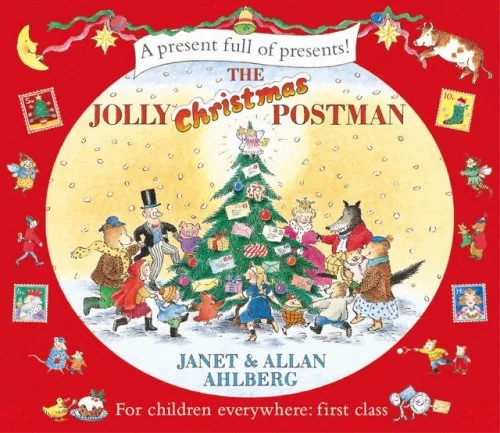
Picture books’ tactility is partly what makes them so wonderful, and the Jolly Postman books take that to the next level, with almost every other page serving as an envelope. I remember feeling so excited to pull out their contents on every reading: the letters, jigsaw, board game, miniature books – what fun! It’s a brilliant bit of book design. And reading those books now, thirty-years later, is incredibly nostalgic. I love them just as much: they still hold their magic.
Do you have a set process for writing stories?
Unfortunately (and much to my dismay), I’m yet to develop a foolproof formula for instantly generating ingenious ideas for stories, so I’m never quite sure where my next idea is going to come from. However, I do have a process of sorts, in that I turn to the same reliable sources of inspiration: other books, images, life events and memories, overheard conversations or interactions I’ve observed, and my own internal dialogue – those types of things.
As for the writing itself, once I have an idea for a story, I tend to scribble down in a notebook whatever’s whirling around my mind at the time – particular plot points, specific lines or rhymes or bits of dialogue, different ways in which the story could end.
Usually, I try to pin down the rough shape of the story before I begin writing the actual itself: I need to know how it begins, what the main crisis point is and how characters’ resolve their problems, and some sort of ending that wraps everything up (though this often changes once I do start writing) – else I get very lost and very stuck, which feels horribly frustrating.
Once I’ve a good idea of all that, I often organise it across 12 or 14 double-page spreads (the standard number available for the story in a picture book of 32 pages) in order to make sure that everything in the story happens when it should, and also to consider the impact of page turns, which is a valuable storytelling tool available to picture book authors that can be used to great effect.
And then I start writing!
I’d say that’s usually what my process looks like. But sometimes I do just jump straight into writing the story, to see where it goes – particularly when writing in rhyme, and keen not to lose the momentum of a strong opening verse that’s popped into my head.
How did the idea for Perfect Pedro come about?
If I’m totally honest, I can’t quite remember! I wrote the first draft about three years ago, so my memory of exactly how the idea originated is a bit hazy. But I think I’d been intending to tackle the topic of perfectionism (and its dangers!) for a while, without knowing exactly how I wanted, or was going, to do it.
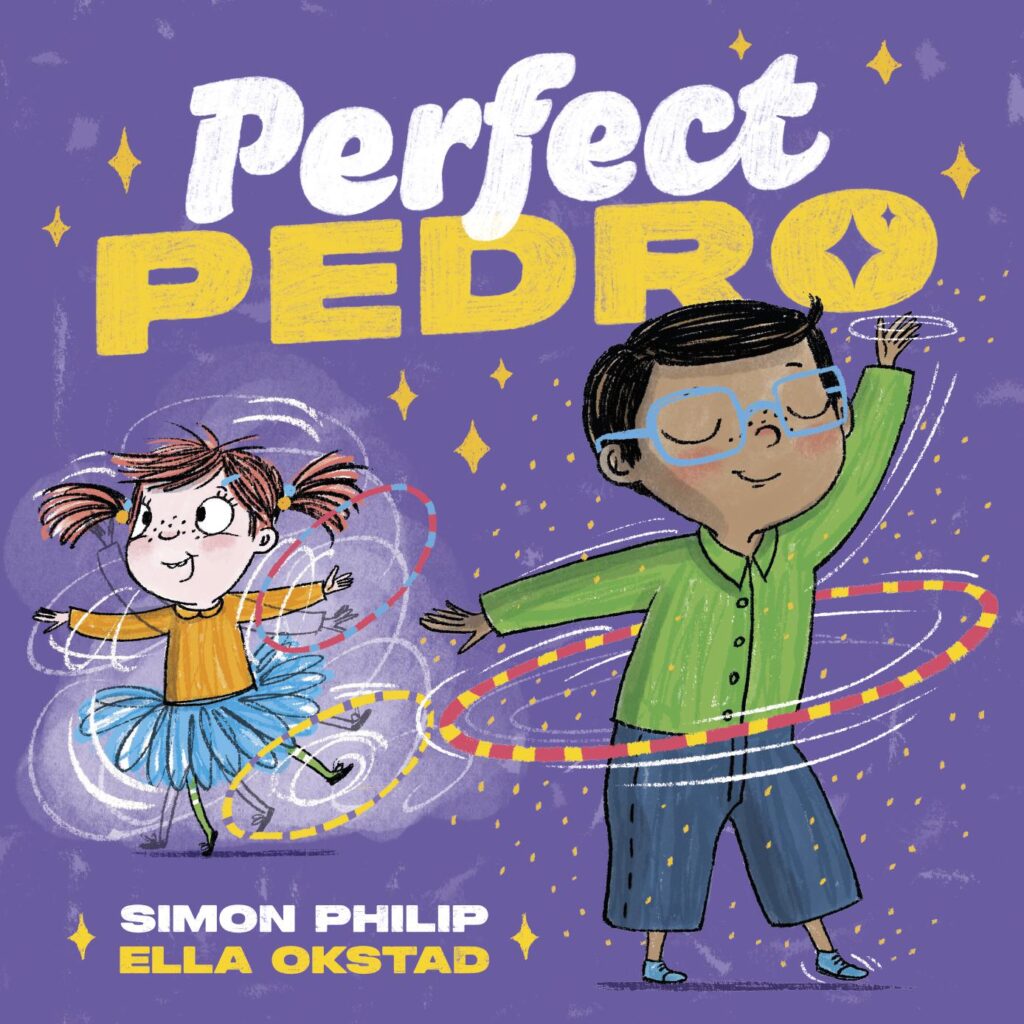
What is the message that you’re trying to give the reader with Perfect Pedro? Who do you think this story will particularly appeal to?
I hope that the story will appeal to everyone – I’ve tried to fill it with heart and humour – but particularly to those children who struggle with perfectionistic tendencies, for whom I hope it will provide comfort (and perhaps even a bit of gentle guidance and wisdom), in showing, through Pedro’s experiences, that it’s OK, and normal, and healthy, and ultimately better, not to be perfect.
There’s a lot of research that shows that perfectionism, rather than being a positive thing (as it’s sometimes deemed to be, culturally), is actually quite dangerous, with damaging drawbacks: there are strong links between perfectionistic tendencies and numerous psychological disorders.
Perfectionism is a controversial and complicated topic, with opposing views on whether ‘healthy’ forms of perfectionism exist, but many researchers argue that, in simple terms, perfectionism isn’t a behaviour, but a way of thinking about oneself: it’s an unhealthy and overly-critical inner voice, which exacerbates stress and leads to poor self-esteem, patterns of black-and-white, catastrophic thinking, feelings of frustration, shame and anger, and a fear of failure that inhibits sufferers from fulfilling their potential.
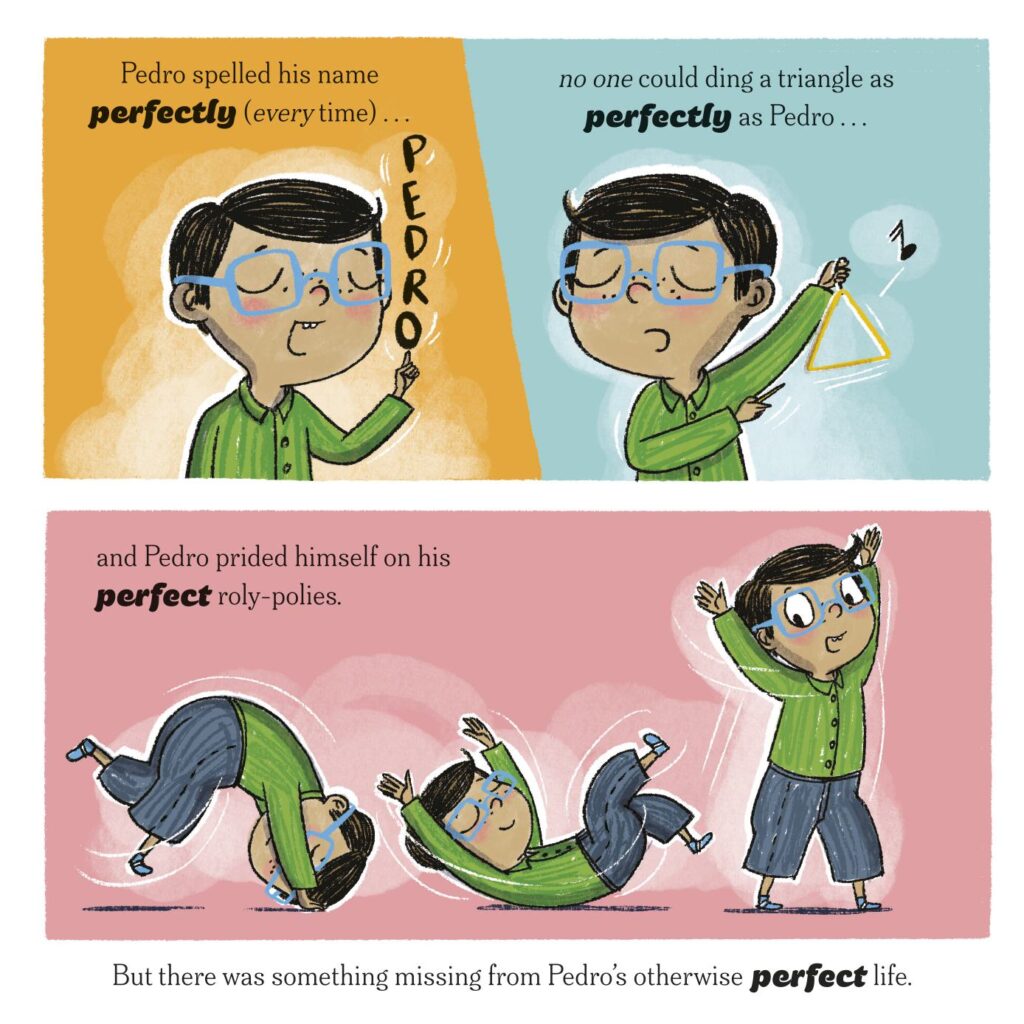
It’s something I’ve struggled with in the past, and have worked hard to counter. As a writer (well, as a human, really), it’s important to embrace making mistakes and to give things a go, to just start writing, even when scared what you’ll write will be rubbish!
And I think it’s very important – particular for children, as early as possible – to recognise the difference between striving for excellence, and striving for perfection – because they are different. It’s good to have high personal standards and to be hard-working and conscientious, so long as those positive traits are accompanied by self-compassion and a willingness to embrace the possibility of failure and to laugh at one’s mistakes.
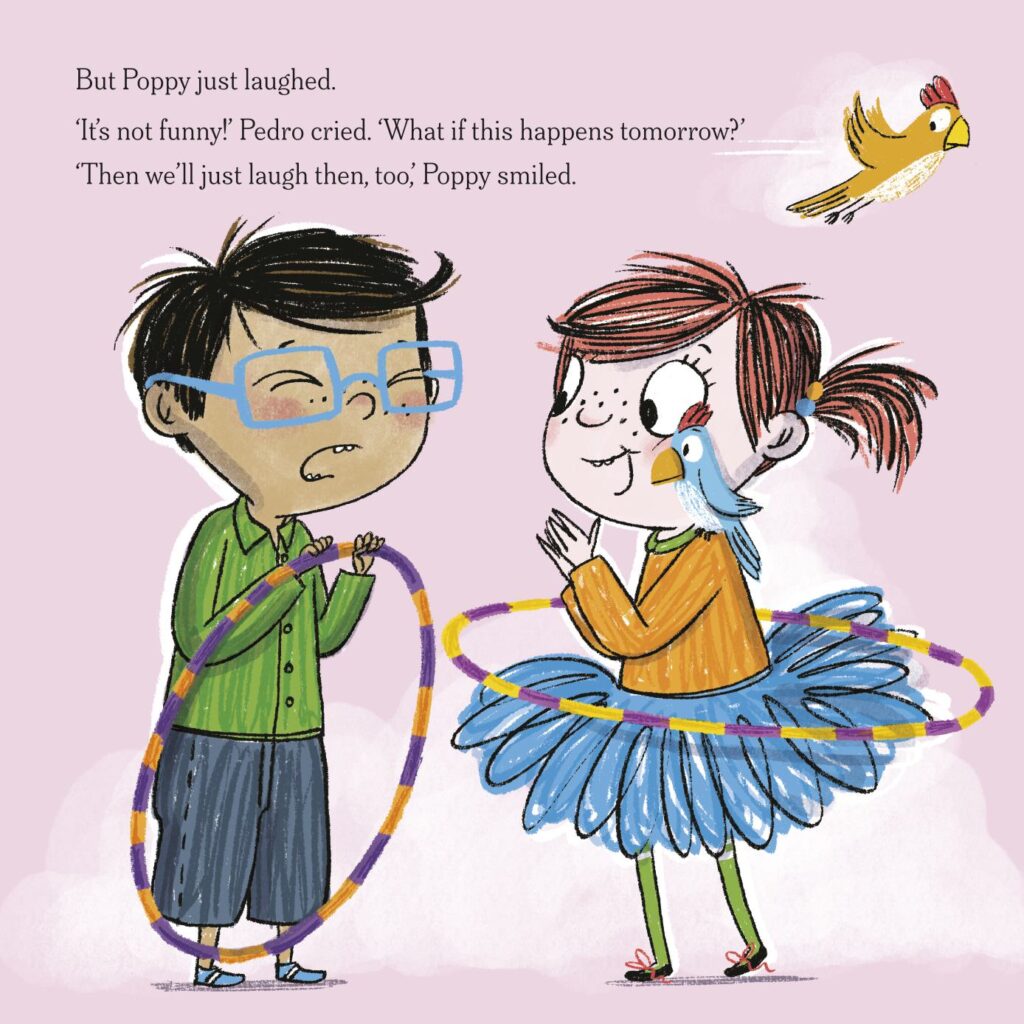
I think Poppy exemplifies that combination in the book, and is exactly the sort of friend that someone like Pedro requires to support them and show them the way!
During the development of Perfect Pedro, did the plot line or characters go through any particularly big changes? I’ve read previously that the main character nearly ended up being a monkey in ‘I Really Want The Cake’?!
That’s true about I Really Want the Cake. I’m really glad that didn’t happen; I don’t think the I Really Want… series would be what it is had it been fronted by a monkey!
There was nothing quite as extreme as that during the development of Perfect Pedro. But I can reveal that Pedro was originally called something else. And I and my editor at the time (the brilliant Jen Long, who is at a different publisher now) had a few discussions about how best to develop Pedro and Poppy’s relationship, in order to strengthen its emotional arc: Poppy was a bit passive, initially, but she plays much more of a role in the finished version, thankfully!
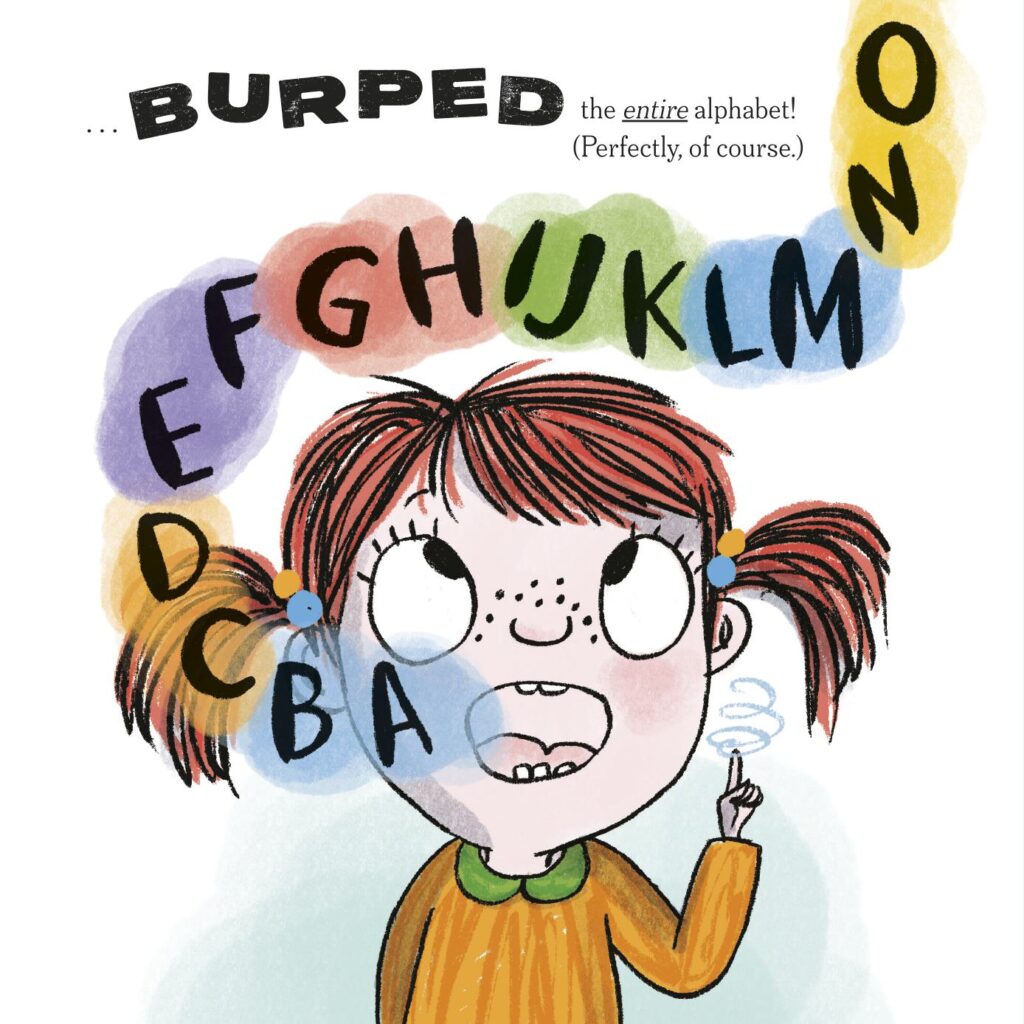
Aside from yourself and your own books, what are some of your favourite children’s books now?
Ooh, I get asked the meaner version of this question all the time (‘What’s your favourite book?) and I find it tricky to answer because I love so many books that choosing just one is basically impossible… so thank you for making things slightly easier by stipulating ‘books’, plural!
There are many authors and illustrators that I admire
Anything by Jon Klassen always goes down well with me, whether that’s his solo books or those with the brilliant Mac Barnett. I thought The Wolf, The Duck and The Mouse was great fun, and This is Not My Hat is one of my favourite picture books ever.
Jeanne Willis’s versatility (and productivity/prolificness!) always impresses me, and I found I Remember, a book about a grandparent’s dementia, which is gorgeously illustrated by Raquel Catalina, very moving and beautifully written. Wendy Meddour, similarly, writes very touching books: I love Tibble and Grandpa – the child voice is so convincing.
Some of my favourite books for older children are the Mr Gum series by Andy Stanton for their bonkers, surreal humour and brilliant word play (both right up my street), and basically anything by Katherine Rundell, who is an incredible author. I wish I could write the way she does!
Are you able to give us any hints about other books you have in the pipeline?
Absolutely! I’ve another couple of books which, all being well, should publish in 2025.
There’s the fifth (and almost certainly final) instalment in my and Lucia Gaggiotti’s I Really Want… series with Templar. It’s a Christmas special, and Lucia’s artwork is gloriously festive. I’m very excited for the book to be out in the world, after what has felt like a very long wait – I had the initial idea for the story (long before the series was a thing) all the way back in… 2015!
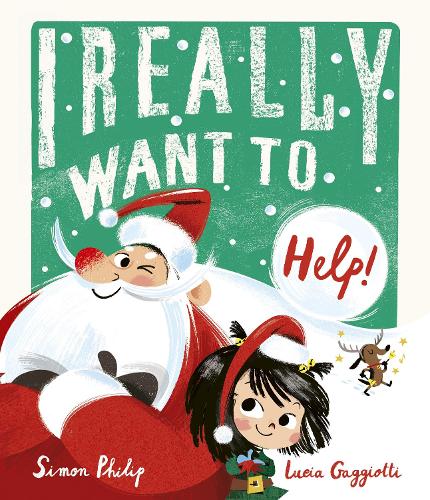
I’m also looking forward to the release of the third book in my and Nathan Reed’s ‘manners’ series with Bloomsbury (after Please! and Achoo!). It’s as silly and surreal as our other books together (whilst retaining an important message, of course), and Nathan’s outdone himself with his artwork for it. It’s MAGNIFICENT. I can’t wait for everyone to see it!
